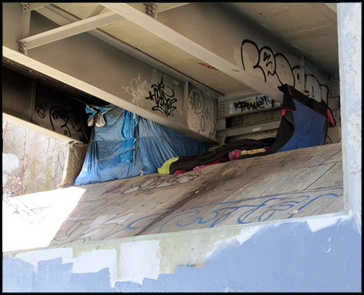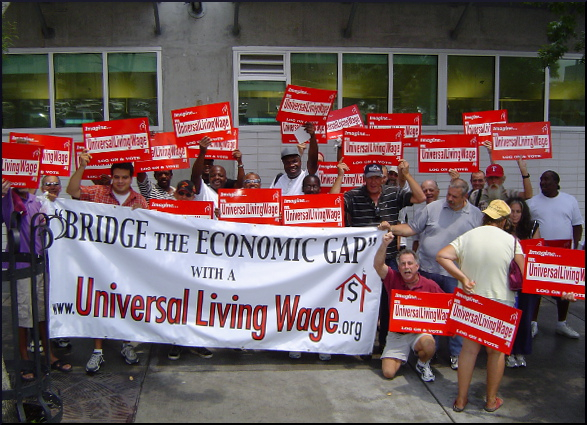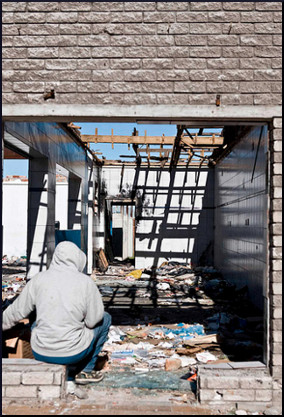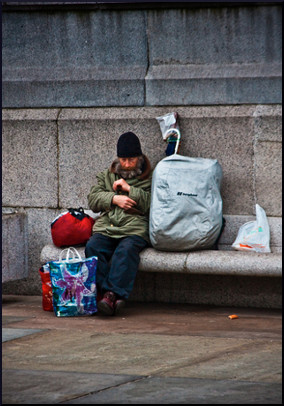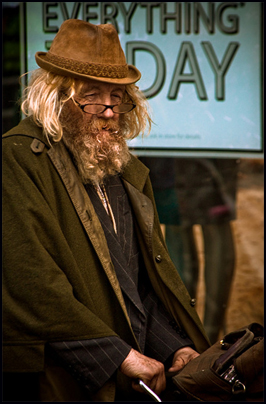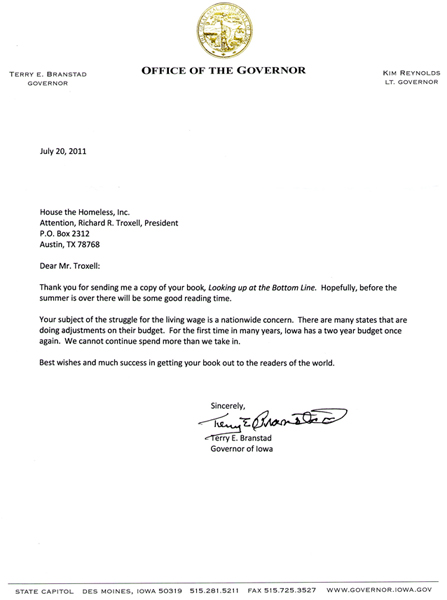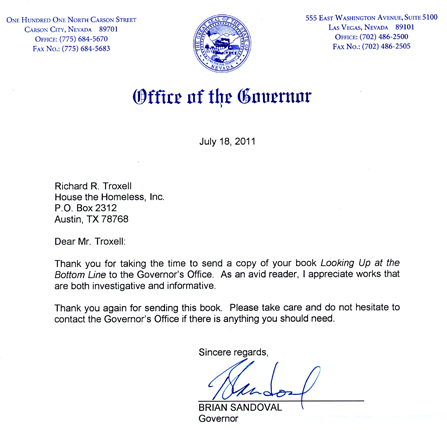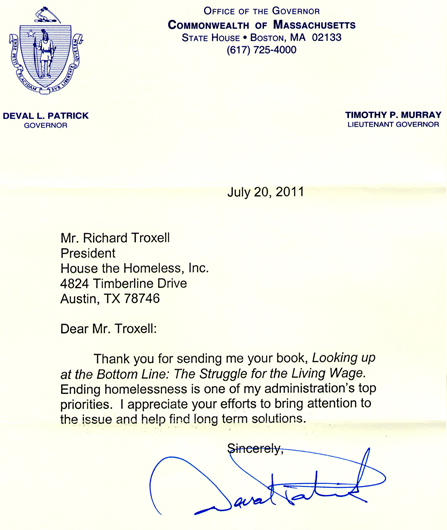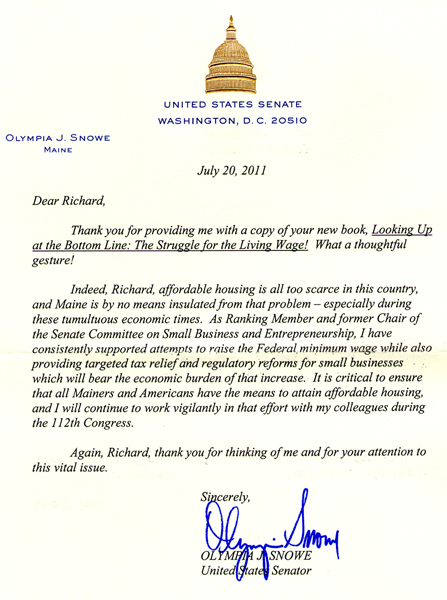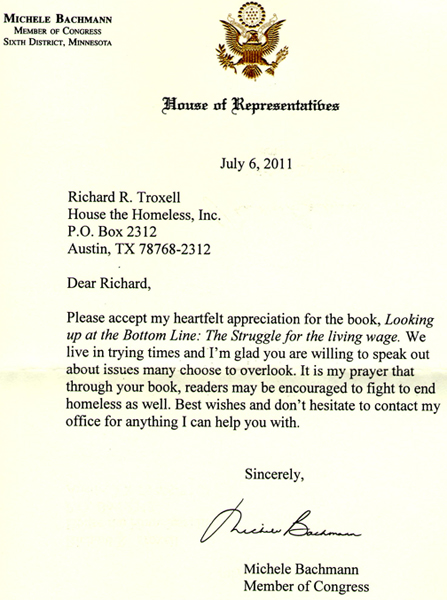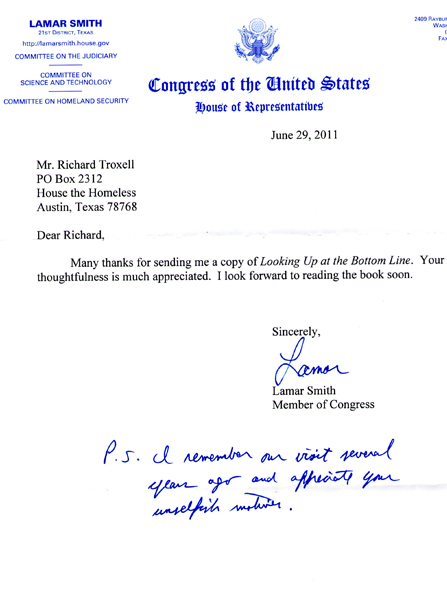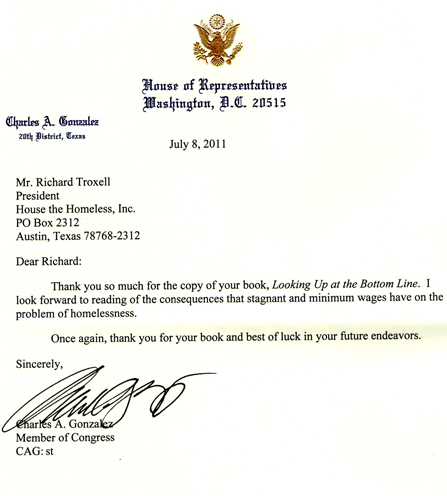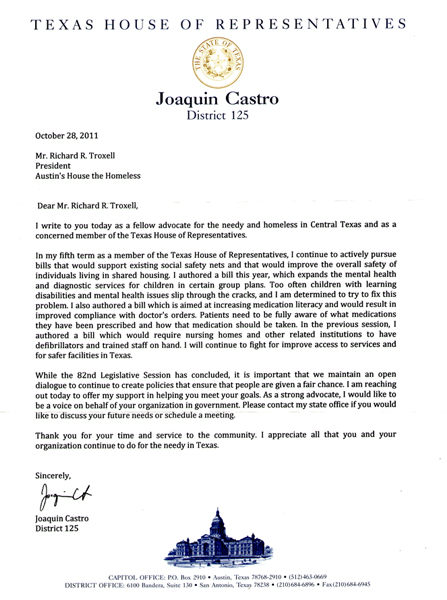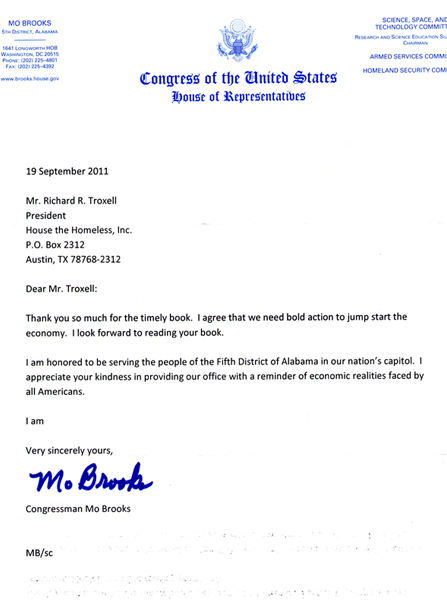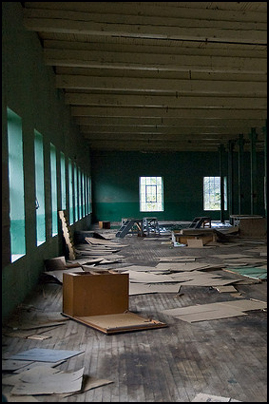
In mid-August, in Riverhead, New York, an emergency homeless shelter located in a motel was subjected to a raid that some local citizens called despicable and Gestapo-like. Ten officers and officials descended upon the shelter and searched 37 rooms, questioning the people and photographing their personal papers and other belongings. What kind of a judge would even sign a warrant for something like that?
Supposedly, the authorities were looking for overcrowded conditions and improvements made to the premises without permits, stuff that all sounds very above-board but offers no justification whatever for interrogating resident families and taking pictures of their ID and possessions. They ran everybody through the computer and arrested a woman for a traffic violation, who had to leave her baby at the shelter.
The raid was cunningly timed for just after the close of regular business hours on a Friday, making it impossible for homeless advocates to reach anyone with the power to stop it.
Around the same time, a camp in Oregon was broken up, as reported for The Register-Guard by Saul Hubbard. Eight people lived on the small bit of land behind an auto repair business, where contractors hired by the railroad cleared away brush that had previously obscured the site, and allowed their machinery to damage structures and tents.
Hubbard writes,
James Potts, director of operations for Northwest HazMat, said that the work was part of a monthlong cleanup all along the tracks. He added that their goal Thursday had been ‘to expose the area so that these people are inclined to leave.’
One of “these people,” a middle-aged woman, told the reporter that the small group of residents had banded together as neighbors, and that she felt safer in the bushes than in many designated homeless shelters. But the neighboring businesses and residents have always been opposed to the settlement, from which some disruptive behavior has originated.
The strange twist to this story is that the land where the camp sits is not owned by the railroad or the repair shop, but by an absentee landlord who leases it to St. Vincent de Paul, the long-term tenant and proprietor of an adjacent used-car lot. The charity organization has been extremely active in serving people experiencing homelessness in Eugene for many years.
The journalist says,
Charley Harvey, assistant executive director of St. Vincent de Paul of Lane County, said he was aware of the homeless camp but that ‘he didn’t have any problems with it.’… ‘Criminal activity has actually gone down there since people started staying there,’ he said.
Eugene, Oregon, once known as a progressive city with a model safe parking and homeless camping programs, is struggling, but is still known as a better place to be homeless than, for instance, neighboring Medford or Central Point.
Sometimes the displacement is not sudden or violent. Back in January, in Fort Worth, Texas, members of the Abbey Church helped a group of homeless people disassemble and clean up an encampment that had held about 50 tents. They had graciously been given a week’s warning by landowner XTO energy, which is more than such settlements have been granted in many other places.
Alex Branch reported for the Star-Telegram,
Volunteers are paying to put some campers in motels for the short term, Paredes said. The long-term plan is to pair the homeless people with churches whose members will try to help them overcome the problems that forced them onto the street.
*****
Here’s a way to donate to your favorite cause, such as House the Homeless, just by shopping online. iGive’s literature says that since 1997, its members have donated $5,600,000 to more than 28,000 causes in this painless way. They promise “No pop ups, ads, toolbars, special search engine, or unwanted emails.” Check out iGive’s FAQ page (PDF) and Facebook Page, or just hop to the sign-up page and get started.
Reactions?
Source: “Social services chief blasts Riverhead for ‘gestapo-like’ raid of homeless shelter,” Riverheadlocal.com, 08/13/11
Source: “Crew breaks up homeless camp,” RegisterGuard.com, 08/19/11
Source: “Church volunteers help clear away homeless camp near downtown Fort Worth,” Star-Telegram.com, 01/15/11
Image by Kevin Burkette, used under its Creative Commons license.

